
Should You Buy, Sell, or Hold Chevron Stock for July 2025?
BarchartMon Jun 30, 6:30PM CDT
Up 5% in a month, Chevron is struggling to break out.
National Watermelon Report
USDAMon Jun 30, 5:39PM CDT
Click to view report fvdtvmelon.pdf in PDF format
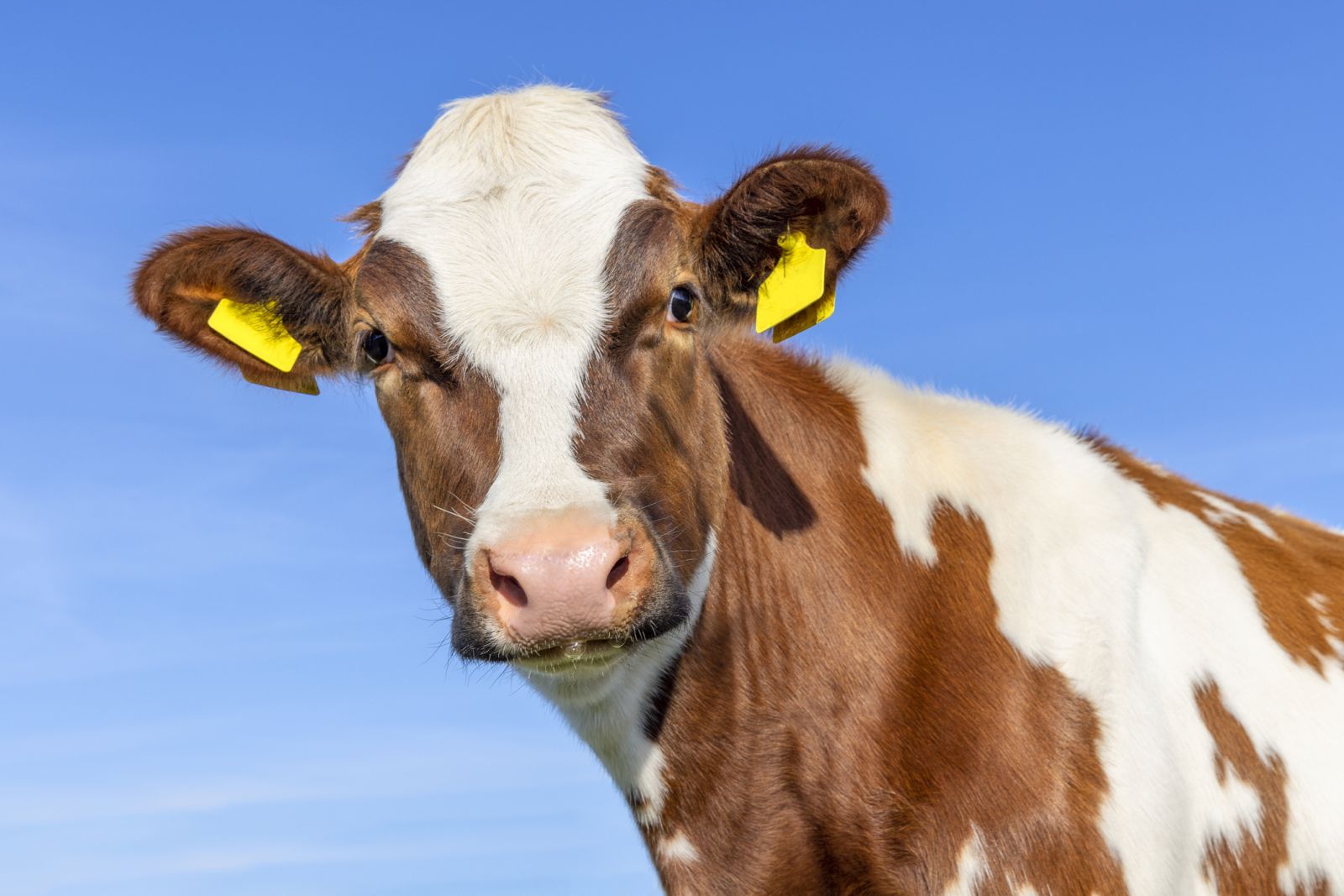
Cattle Pop Higher on Monday, USDA Announces Border Reopening
BarchartMon Jun 30, 5:10PM CDT
Live cattle futures posted gains of 35 cents to $1.12 on Monday session. Cash action was mostly compiling showlists on Monday. Trade last week saw sales at $230-233 in the North and $223-225 in the South. Feeder cattle futures closed out the Monday session with contracts $2.70 to $2.80 in...
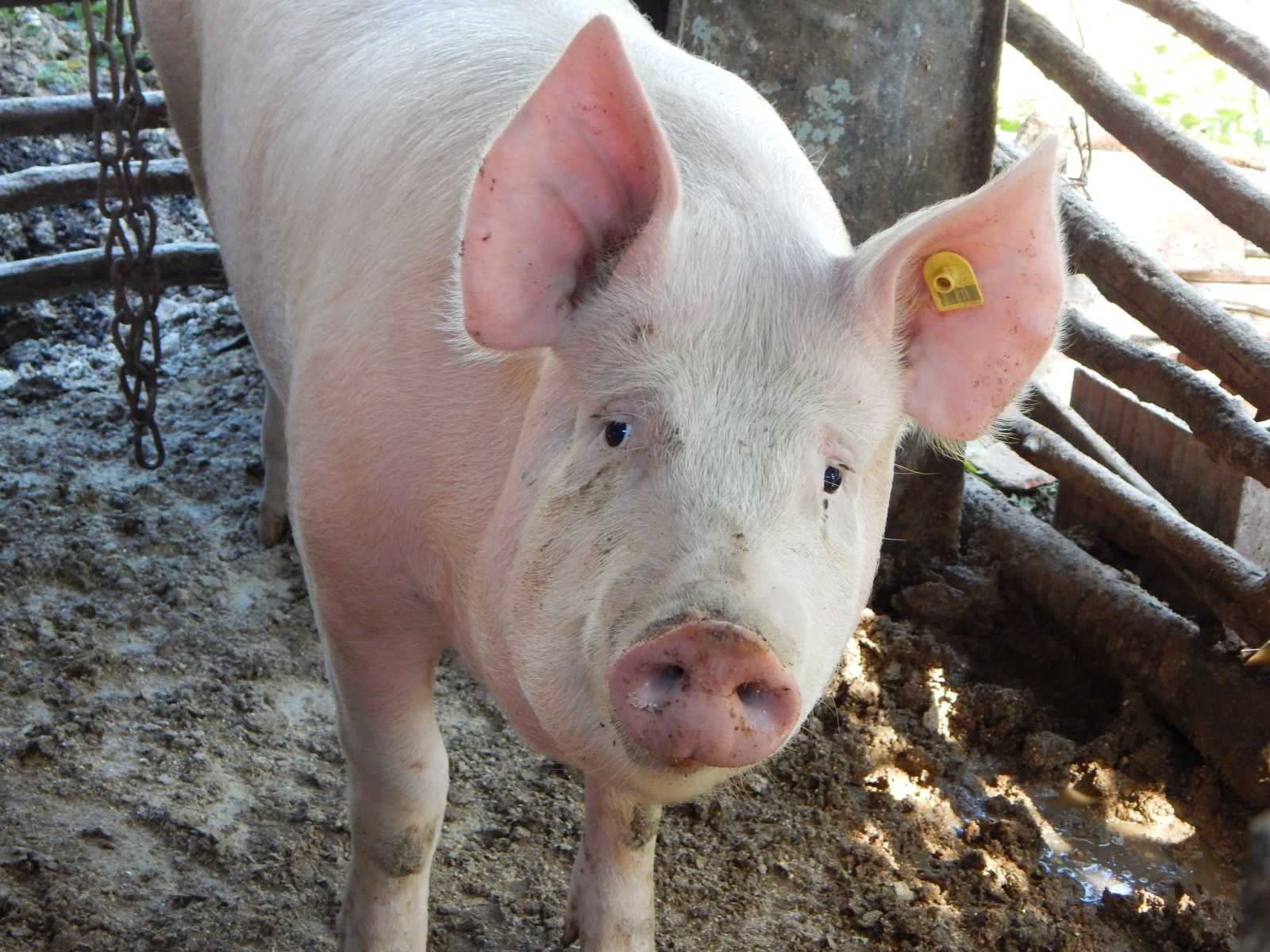
Hogs Pull Back On Monday, Pressured by Cutout
BarchartMon Jun 30, 5:10PM CDT
Lean hog futures were down $2.22 to $3.15 on Monday. USDA’s national base hog price was up $3.79 in the Monday afternoon report, with negotiated trade at $111.88. The CME Lean Hog Index was 13 cents higher at $112.02 on June 26. USDA’s Monday afternoon FOB plant pork cutout value...
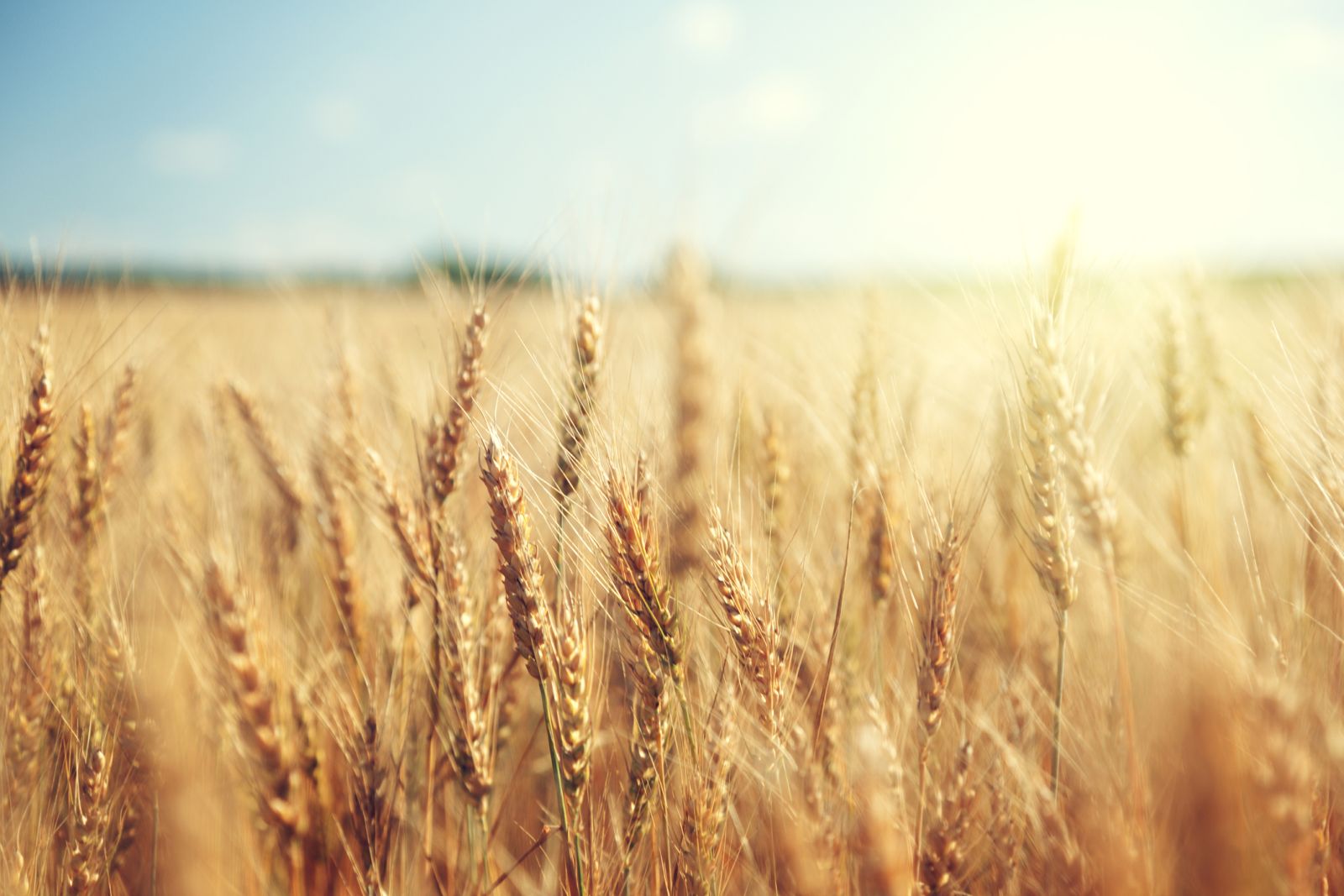
Wheat Falls to Weakness on Larger June 1 Stocks
BarchartMon Jun 30, 5:10PM CDT
Wheat saw weakness to kick off the week as all three contracts were lower following larger than expected stocks. Chicago SRW wheat was down 2 to 4 cents to close out the day. KC HRW contracts were 7 to 10 cents lower on Monday. MPLS spring wheat posted 5 to...
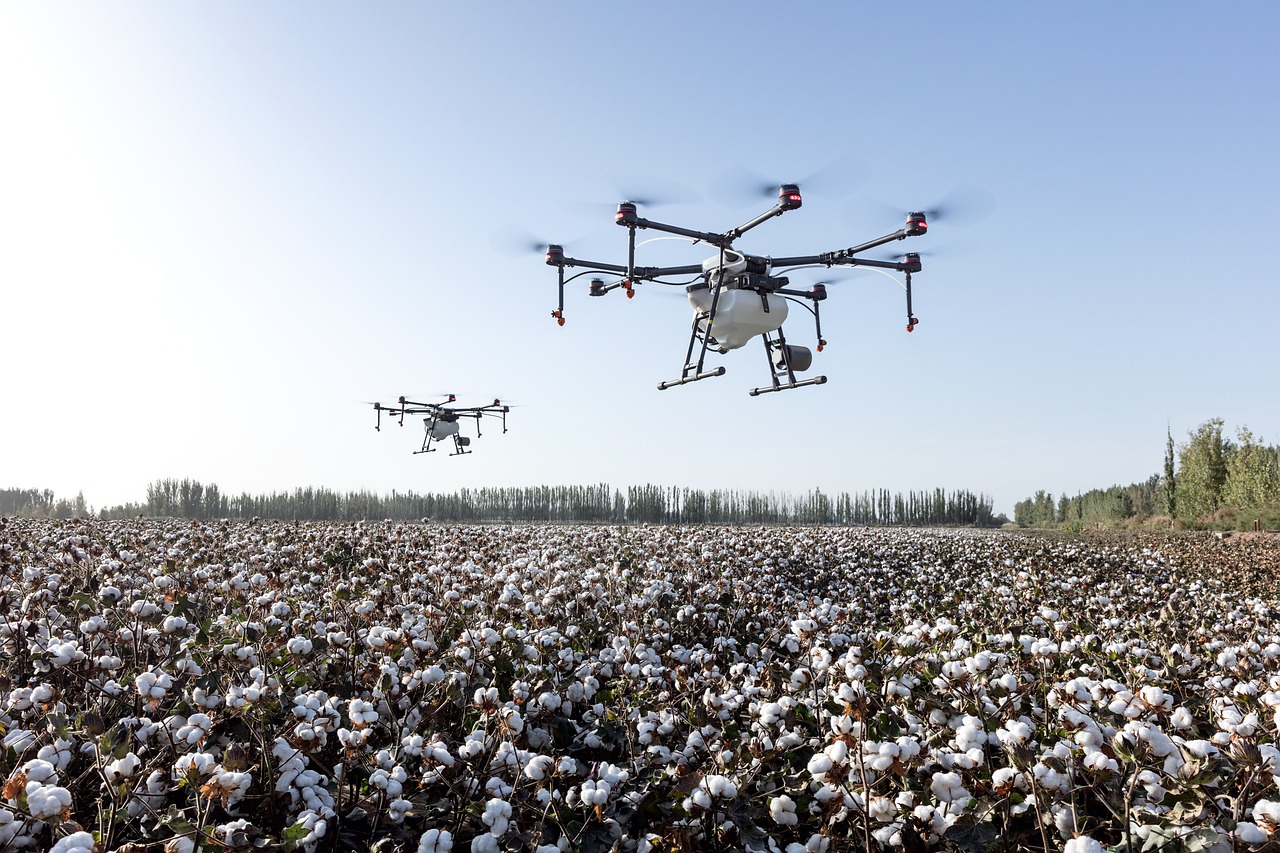
Cotton Collapses on Monday with Larger Acreage
BarchartMon Jun 30, 5:10PM CDT
Cotton posted triple digit losses on Monday, with contracts down 112 to 124 points on larger than expected acreage number reported. Crude oil was down $0.55/barrel, with the US dollar index $0.590 lower. Weekly Crop Progress data showed 95% of the US cotton crop planted (98% on average), with 40%...
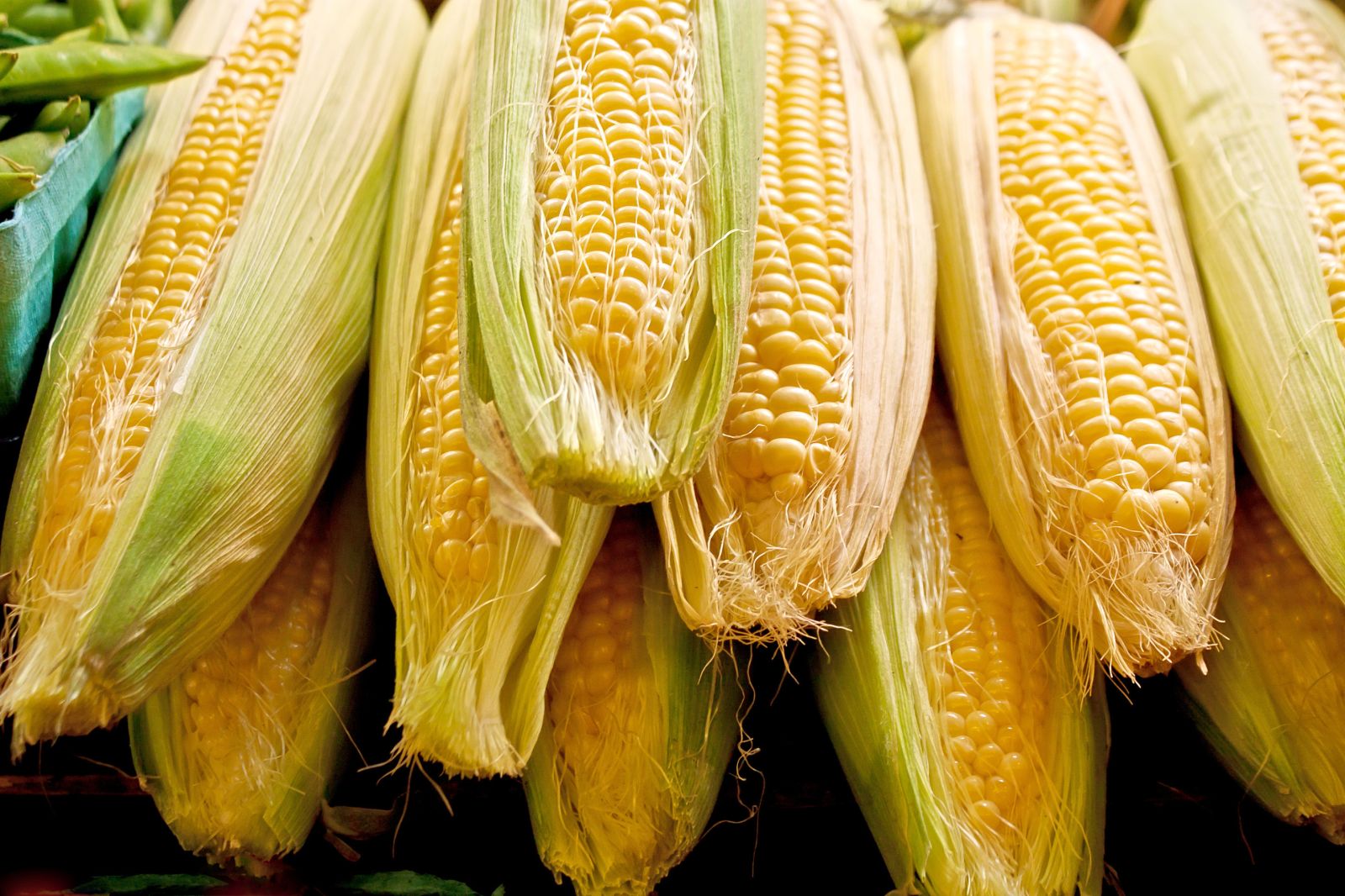
Corn Pulls Back on Monday, as Acres are Trimmed but Ratings Improve
BarchartMon Jun 30, 5:10PM CDT
Corn futures closed out the Monday session with losses of 1 to 3 cents across most contracts, as an acreage cut failed to provide the bulls with much fuel. The front month CmdtyView national average Cash Corn price was down 2 3/4 cents at $3.91 1/4. Crop Progress data indicated...
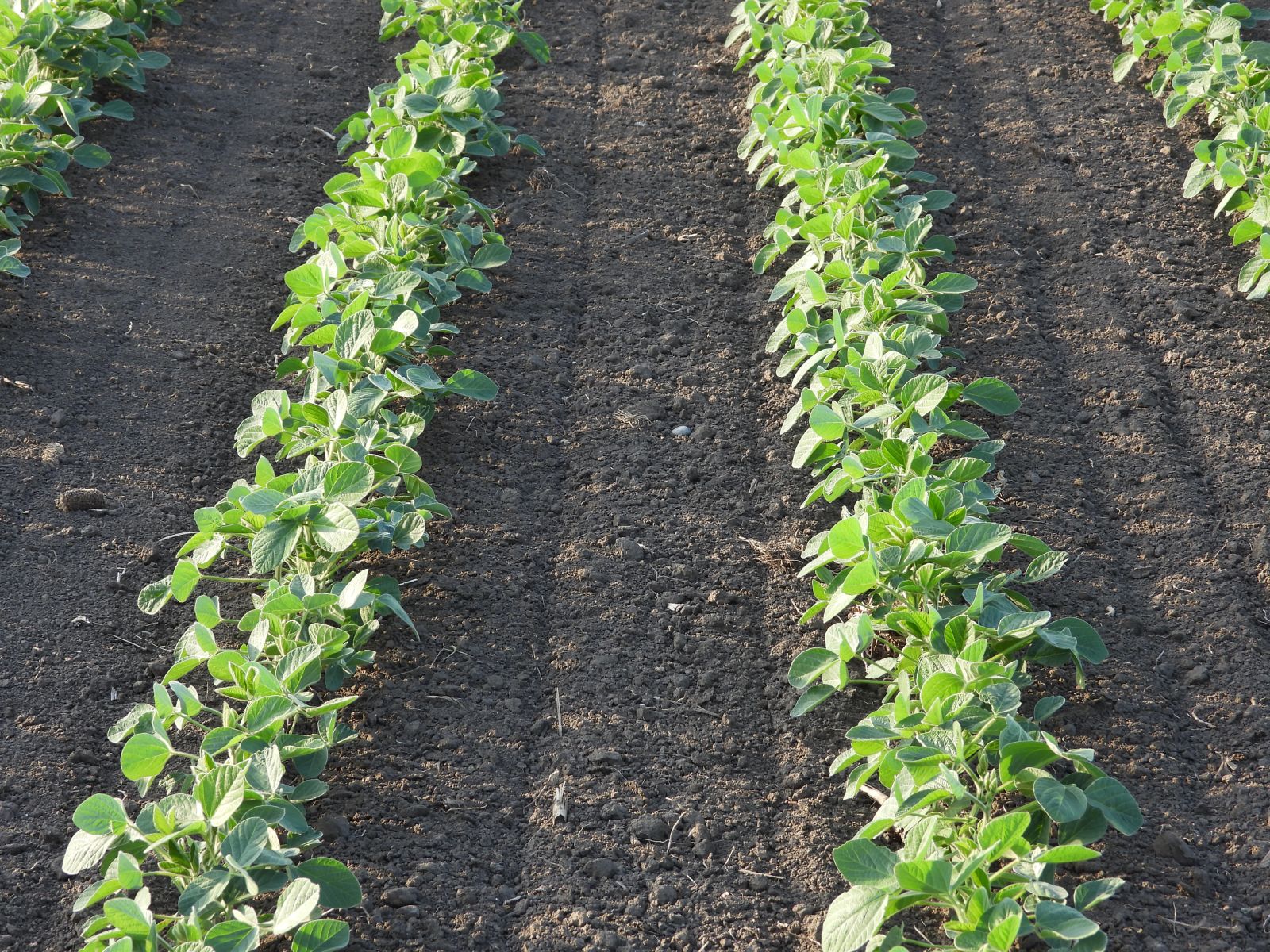
Soybeans Post Marginally Mixed Trade on USDA Report Day
BarchartMon Jun 30, 5:10PM CDT
Soybeans closed the Monday session mixed with nearby contracts down 3 ¾ cents and new crop up 2 to 3 cents. The cmdtyView national average Cash Bean price is down 3 3/4 cents at $9.81 1/2. Soymeal futures were up 20 cents to $1.30 higher on the day, as Soy...

Hogs Pull Back On Monday, Pressured by Cutout
BarchartMon Jun 30, 5:10PM CDT
Lean hog futures were down $2.22 to $3.15 on Monday. USDA’s national base hog price was up $3.79 in the Monday afternoon report, with negotiated trade at $111.88. The CME Lean Hog Index was 13 cents higher at $112.02 on June 26. USDA’s Monday afternoon FOB plant pork cutout value...

